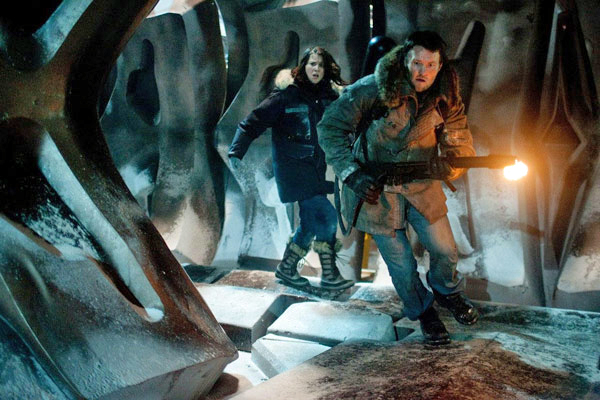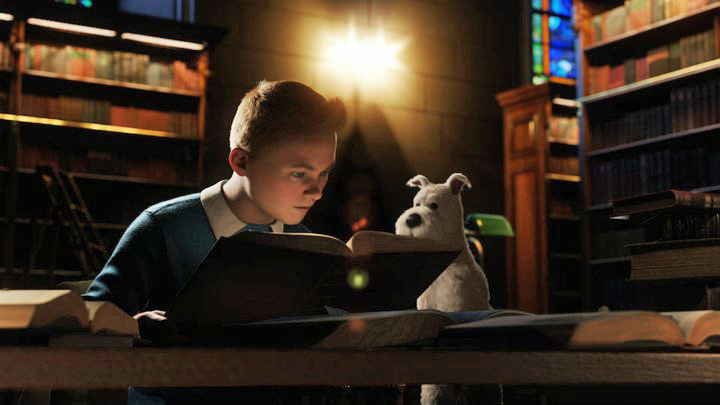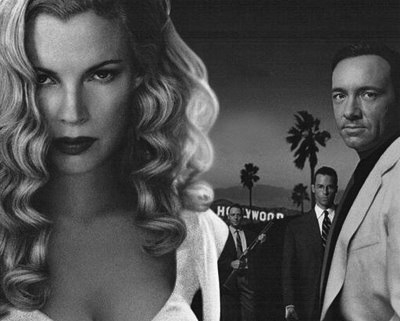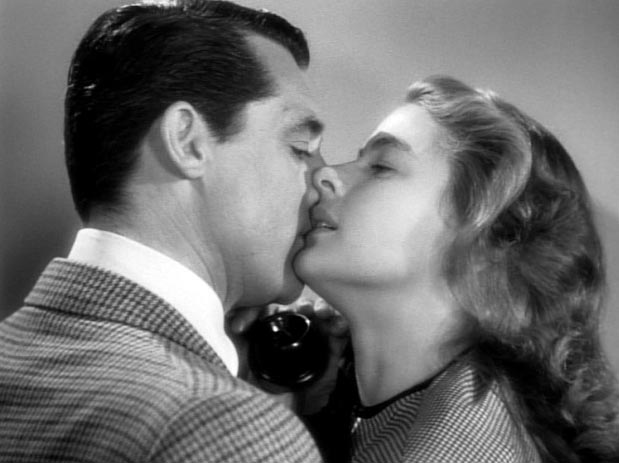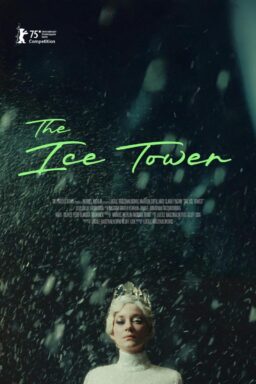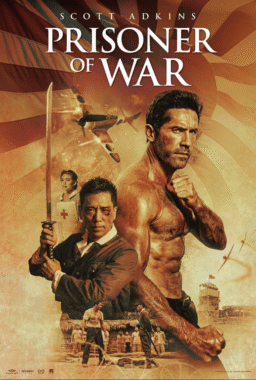Q. I just read that Stanley Kubrick‘s new movie “Eyes Wide Shut” has been slapped with the dreaded NC-17 rating. Since Kubrick was contracted to deliver an “R” rated film to Warner Bros., does this mean that the studio heads are going to have to edit Kubrick’s vision to meet the “R” criteria? Don’t you think that Stanley Kubrick’s final film should be released in all it’s NC-17 glory? (Ken Berglund, Long Beach, CA)
A. The MPAA has not yet officially given the film a rating, although NC-17 seems to be a possibility. It is unthinkable that Warner Bros. would cut a Kubrick movie for an R rating; Tom Cruise has said they’d have to do so “over my dead body.” Studios dislike NC-17 ratings because it limits where a film can play and be advertised, but you may be amazed at how many theaters get sniffy over a Pedro Almodovar film, yet see everything in a different light when the film stars Tom Cruise and Nicole Kidman. I have argued that the curse of NC-17, like the X rating it replaced, makes it difficult for legitimate adult films to be released. I’ve suggested an A rating, in between R and NC-17, for films that are appropriate for adults but are not hard-core. The MPAA’s Jack Valenti (employed by theater owners who have nightmares about turning away customers) says it is not necessary. Here is his golden opportunity to go on the attack, making the rounds of talk shows to extol the benefits of the directors’ cut of a Stanley Kubrick film.
Q. Settle a bet: What IS “the thin red line?” (Greg Nelson, Chicago)
A. Michael Mullen of the James Jones Literary Society tells
me: “Jones himself answers this question with a couple of quotes that appear at the beginning of the book: Then it’s Tommy this, an’ Tommy that,
An’ Tommy, ‘ow’s your soul? But it’s “Thin red line of ‘eroes,”
When the drums begin to roll. – Rudyard Kipling And, “There is an old Midwestern saying: `There’s only a thin red line between the sane and the mad.’ “
Q. Have you read E. Annie Proulx’s book “The Shipping News?” I recently read that production of the movie based on the book has been delayed because of location issues. John Travolta, who hopes to star, wants to shoot in Maine (he has a home there). Director Fred Schepisi left the project because he wanted to shoot in Newfoundland. The book takes place in Newfoundland, and I haven’t read a book in the past ten years in which the geographic location was so instrumental to the novel. Newfoundland is like a character in the book. I hate when stars do this! I’m not green enough to think every movie is filmed “on location.” But this book deserves it! Am I a biased Newfoundlander? YES! (Mike Spearns, St. John’s Newfoundland)
A. I was in Minneapolis last weekend to do a Q&A session with the great German director Werner Herzog at the Walker Art Center, which showed his movies all month. Herzog believes in the “voodoo of location”–that locations seep into performances and photography and give a special texture to the film. That’s why his “Aguirre, the Wrath of God” and “Fitzcarraldo” were shot hundreds of miles inside the South American rain forests, and why for “Nosferatu” he used some of the same locations employed in Murnau’s silent classic. Newfoundland is not Maine. Maine is not Newfoundland. Some movies can be shot anywhere. Some cannot. Those that cannot usually turn out to be the best ones.
Q. I have heard some people (including you) mention a film shown at Sundance this year called “The Blair Witch Project.” It’s said to be absolutely chilling, and from the 30 seconds that I saw of it on your show a few months ago I’m inclined to agree. Is there any word on whether this film will get a release any time soon? It’s been too long since seen any really good horror movies. (Bob McLennan, Chicago)
A. “Blair Witch” is set for general release on July 16. It was a sleeper at Sundance–one screening was at midnight at the cozy Park City library–but the buzz was so hot that it actually closed the festival with a “by popular request” screening in the 1,300-seat Eccles Center. It claims to be footage shot by three young documentary filmmakers who were searching for a legendary witch when they disappeared. “Two years later,” the opening titles ominously inform us, “their film was found.”
Q. I might be exaggerating, but it seems that the average cut in many movies today is often a few seconds at most. It often feels as if I’m watching TV and someone else is flipping the channels. Woody Allen‘s “Manhattan Murder Mystery” is an excellent example of a movie with subtle, but long takes. I watch it on DVD frequently, and I’ve noticed that entire scenes are sometimes single cuts of upwards of two to three minutes. However, the camera moves around so subtly it is easy not to notice. It’s refreshing to realize that the actors are actually “acting.” I think even I could be an actor if I only had to prepare for several seconds at a time. (Daniel DeJarnatt, San Francisco)
A. No doubt about it, movies have shorter average cuts these days. Part of the reason is the popularity of the new AVID editing systems, which make it so easy to cut quickly that it takes a good editor to find the right rhythm. Some directors believe that young viewers, weaned on MTV and commercials, have short attention spans. But I think shorter cuts require a longer attention span, because if they don’t involve you along in the progress of a scene, you have to hold it in memory.

